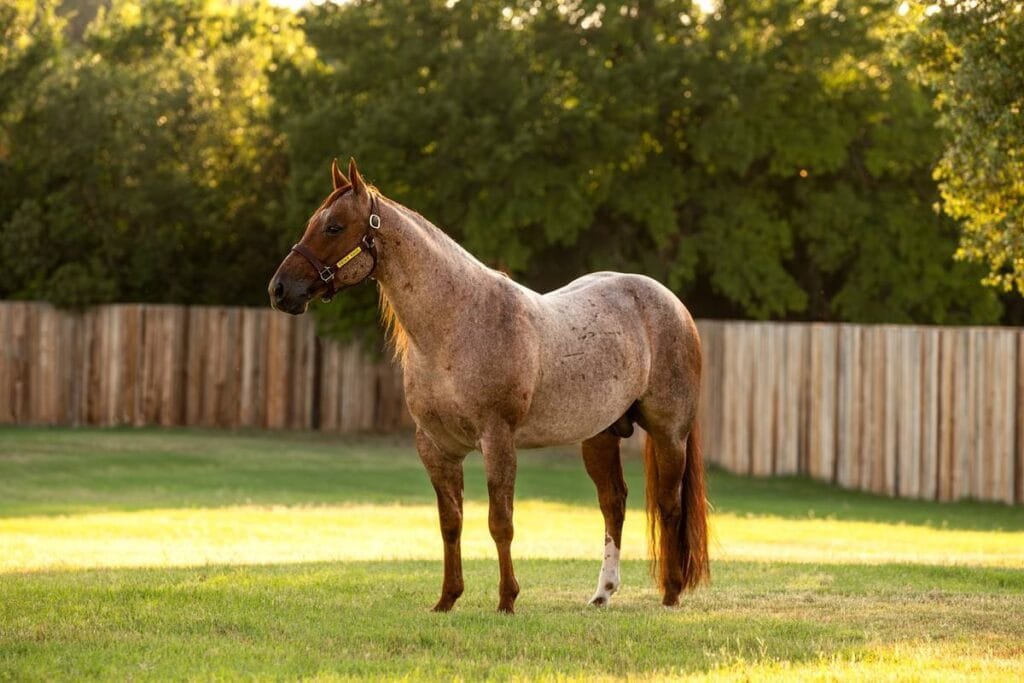Nangchen Horse: A Noble Steed of Tibet
Known for its exceptional endurance and adaptability, this majestic animal is a symbol of pride for the people of Nangchen, a remote county in the eastern part of Tibet.
Origins and History
The Nangchen horse’s roots can be traced back to the high-altitude regions of Tibet, where it has been an integral part of local culture for centuries. These horses were originally bred by the Tibetan nomads, who valued them for their ability to navigate the challenging terrain and harsh climate of the Tibetan plateau. The breed is believed to have descended from ancient Tibetan horses, which were crossbred with other local and Central Asian horses to enhance their endurance and strength.
Feature details
| Feature | Details |
|---|---|
| Origin | Tibet, specifically Nangchen County in eastern Tibet |
| History | Bred by Tibetan nomads; descended from ancient Tibetan and Central Asian horses |
| Average Height | 13.2 to 15 hands (54 to 60 inches, or 137 to 152 cm) at the shoulder |
| Coat Colors | Brown, black, gray, with possible white markings |
| Build | Medium-sized, sturdy, broad chest, strong legs, dense mane and tail |
| Hooves | Adapted to rocky and uneven terrain; sure-footed |
| Temperament | Gentle, cooperative, intelligent |
| Training | Requires patience and understanding; positive reinforcement preferred |
| Uses | Carrying loads, pulling carts, mount for festivals and competitions |
| Cultural Significance | Featured in festivals (e.g., Nangchen Horse Festival), depicted in Tibetan art and folklore |
| Conservation Efforts | Sustainable breeding practices, support for local festivals, education about the breed |
Physical Characteristics
Nangchen horses are medium-sized, sturdy animals that are well-suited to the harsh Tibetan environment. They typically stand between 13.2 and 15 hands high (a hand is 4 inches, or about 10 cm, so this equates to approximately 54 to 60 inches, or 137 to 152 cm, at the shoulder). Their coats can come in a variety of colors, including brown, black, and gray, with some having distinctive white markings on their legs or faces.
One of the most striking features of the Nangchen horse is its robust build. They have a broad chest, strong legs, and a thick, dense mane and tail that help protect them from the cold. Their hooves are especially adapted to handle rocky and uneven terrain, making them incredibly sure-footed.
Temperament and Training
Despite their rugged appearance, Nangchen horses are known for their gentle and cooperative nature. They are intelligent animals, which makes them relatively easy to train. Traditionally, they have been used for a variety of tasks, from carrying loads and pulling carts to serving as mounts in local festivals and competitions.
Training a Nangchen horse requires patience and understanding. These horses are accustomed to a lifestyle that is different from the more conventional horse training environments. They are used to a life of free roaming, so training methods need to accommodate their natural behaviors and tendencies. Positive reinforcement and consistent, gentle handling are key to successfully training these horses.
Cultural Significance
In Tibetan culture, the Nangchen horse holds a place of great reverence. It is often featured in local festivals and ceremonies, where its strength and agility are showcased. One of the most famous events is the Nangchen Horse Festival, which draws visitors from across the region. During this festival, riders demonstrate their horses’ skills in various traditional events, such as races and obstacle courses. The festival is a celebration of the bond between the people and their horses, highlighting the vital role these animals play in Tibetan life.
Moreover, the Nangchen horse is often depicted in Tibetan art and folklore. It symbolizes qualities such as endurance, loyalty, and courage. Stories and legends about these horses are passed down through generations, illustrating their importance in the cultural heritage of Tibet.
Conservation and Future
In recent years, there has been growing awareness about the need to conserve the Nangchen horse breed. As modern influences and changing lifestyles impact traditional practices, efforts are being made to ensure that these horses are preserved for future generations. Conservation programs are working to maintain the purity of the breed and to support the communities that rely on them.
These efforts include promoting sustainable breeding practices, supporting local festivals and cultural events, and educating younger generations about the importance of the Nangchen horse. By doing so, there is hope that the breed will continue to thrive and remain a vital part of Tibetan culture.




